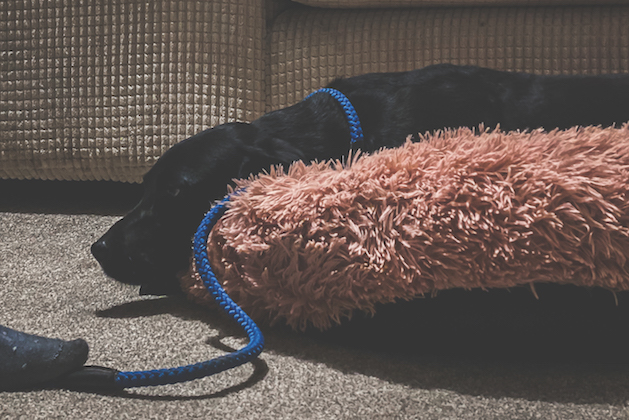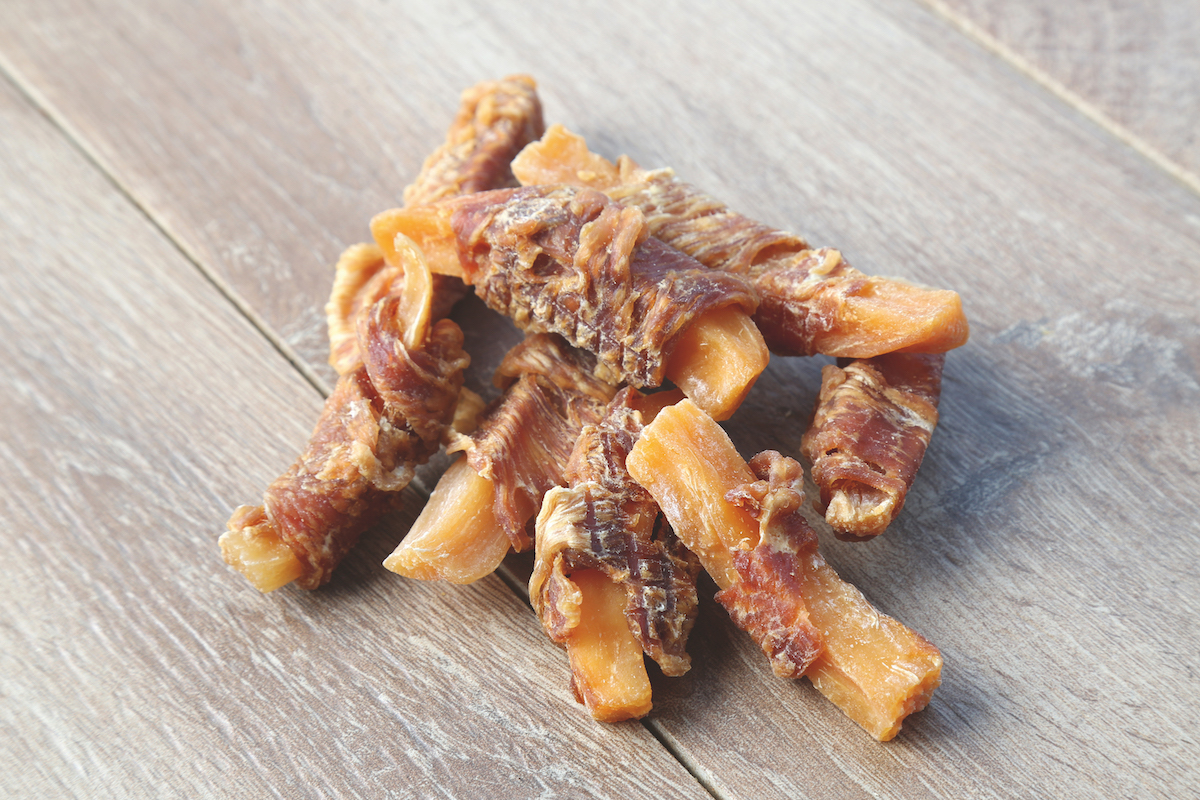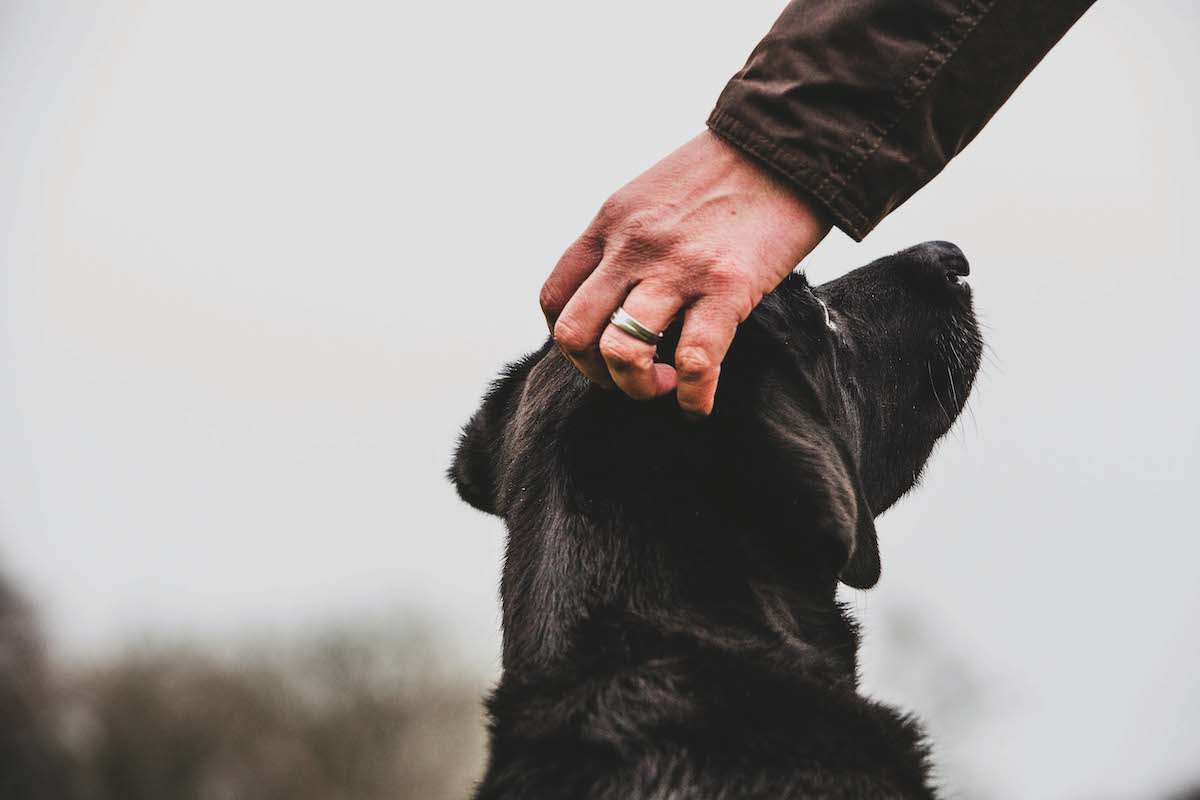Urinary incontinence in dogs: which breeds suffer most?
Is incontinence more common in some breeds than others?

Damp patches on bedding can be one of the first signs
Q: Regrettably, my dear old matriarch labrador bitch is leaving a wee damp patch on her bed from time to time. I have heard that urinary incontinence in dogs is common in the breed. Is this true?” (Read our guide to the best dog beds.)
Urinary incontinence in dogs – a vet replies
Q: You ask an important question because the common perception, among both owners and vets, is that urinary incontinence in dogs (or at least the type that is associated with mid age to older dogs) is frequently seen in labradors.
Which breed suffers most?
The fact of the matter, however, is that it is no more prevalent in labradors than in most other breeds, with the risk of developing the problem, according to a 2017 study of 100,397 bitches, being around 3%. It would seem that we see a lot of incontinent labradors simply because there are a lot of labradors.

Irish red setter bitches are at greatest risk of developing incontinence
High-incidence breeds
A study into more than 100,000 bitches found that some breeds are predisposed to urinary incontinence
- Irish red setters 32.3%
- Dobermann 21.6%
- Bearded collie 16.5%
- Rough collie 16.3%
- Dalmation 15.8%
- Weimaraner 10.7%
- Bullmastiff 10.4%
Urinary incontinence in dogs (UI) describes the loss of the ability to control urination, so that there is involuntary leakage of urine from the bladder. This is usually indicated to owners by the discovery of damp patches on bedding but some dogs will drip urine as they walk, cough or bark, especially if the bladder is full. UI should be distinguished from dribbling of urine immediately after urination, which is more likely to be caused by infections, tumours or abnormal ureter position. With UI, the urine is often quite dilute and does not smell strongly. Affected dogs are still able to pass urine normally.
What’s the norm?
Urine is produced on a virtually continuous basis in the kidneys and then drains from them to the bladder, via tubes called ureters. The bladder, which is expandable, stores urine until such time as it needs to be voided, generally when it has filled to an appropriate size, and there is, of course, some voluntary control involved. Urine is then emptied through the urethra, which is shorter in females than in males. Under the influence of the nervous system, receptors in the bladder wall cause the muscles in it to relax, so that the bladder can fill, while the muscles of the urethral sphincter are contracted. When animals urinate, the opposite occurs: the bladder muscles contract and the urethral muscles relax.
What goes wrong?
UI can occur as a result of problems associated with any part of the mechanism that controls urinary output, including damage to the spinal cord and bladder. While there are a number of causes, the most common in adult female dogs is Urethral Sphincter Mechanism Incompetence (USMI), which accounts for 80% of cases. A veterinary examination, which might include X-rays and ultrasound of the bladder, is important, so that bladder stones, tumours and infections can be ruled out, but, where individuals are otherwise well, diagnosis can sometimes be made simply on the response to treatment. In USMI, the pressure within the bladder is greater than the weakened urethral sphincter can tolerate, so urine leaks, especially when the bladder is full or when there is increased intra-abdominal pressure (lying down, coughing, barking).
What’s the cause?
Neutering, especially early neutering (before six months of age) increases the risk of USMI in bitches, as lower oestrogen hormone levels reduces the sensitivity of receptors in the bladder neck and urethra. Around 20% of bitches spayed between their first and second heat cycles will develop USMI, with the incidence in those neutered before their first season being 9.7%. A 2019 study showed that prior neutering was associated with a three-fold increase in USMI. Also significant, however, was age – bitches over 12 years old were 4.1 times at risk – and weight, with bitches weighing in excess of 30kg 3.2 times more affected than those that weighed less than 10kg.
It is clear, therefore, that USMI has to be taken into account (especially in high-risk breeds), when making the decision whether or not to neuter. However, not all dogs affected by USMI have been neutered.
Is there a solution?
Happily, in most cases, the answer is yes. Phenylpropanolamine (Propalin) syrup, given three times daily, produces continence rates of 75-90%. Estriol (Incurin) tablets are successful in 65% of cases, without causing side-effects or the bone marrow depletion that is associated with longer-acting oestrogens. Combining both medications can correct difficult cases. Surgery, especially if the bladder is abnormally positioned in the pelvis, can also be indicated, but success rates are only around 60%. It is also important to remember that some affected individuals are also suffering from cystitis due to infection ascending the open urethra. Your old girl needs some medication.








